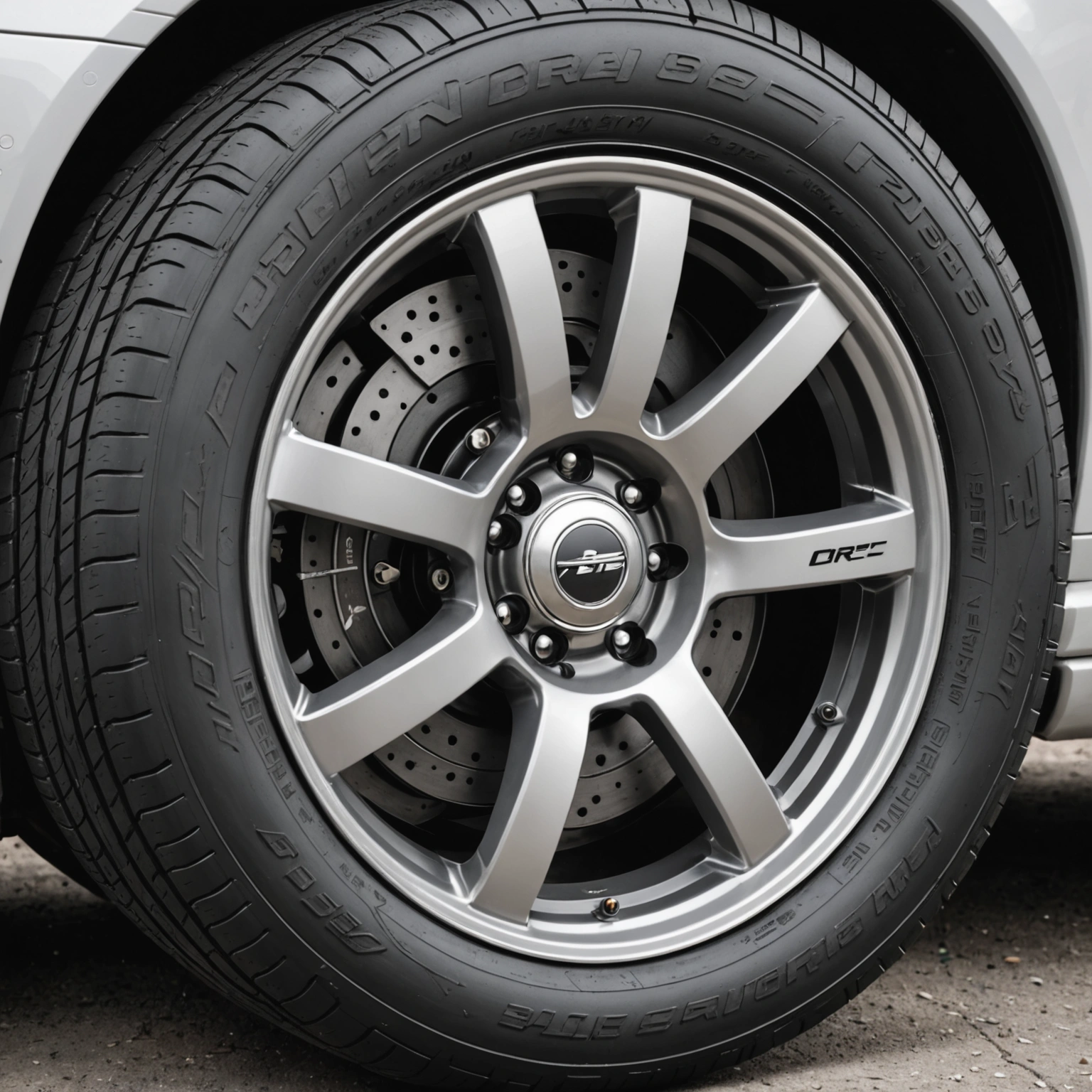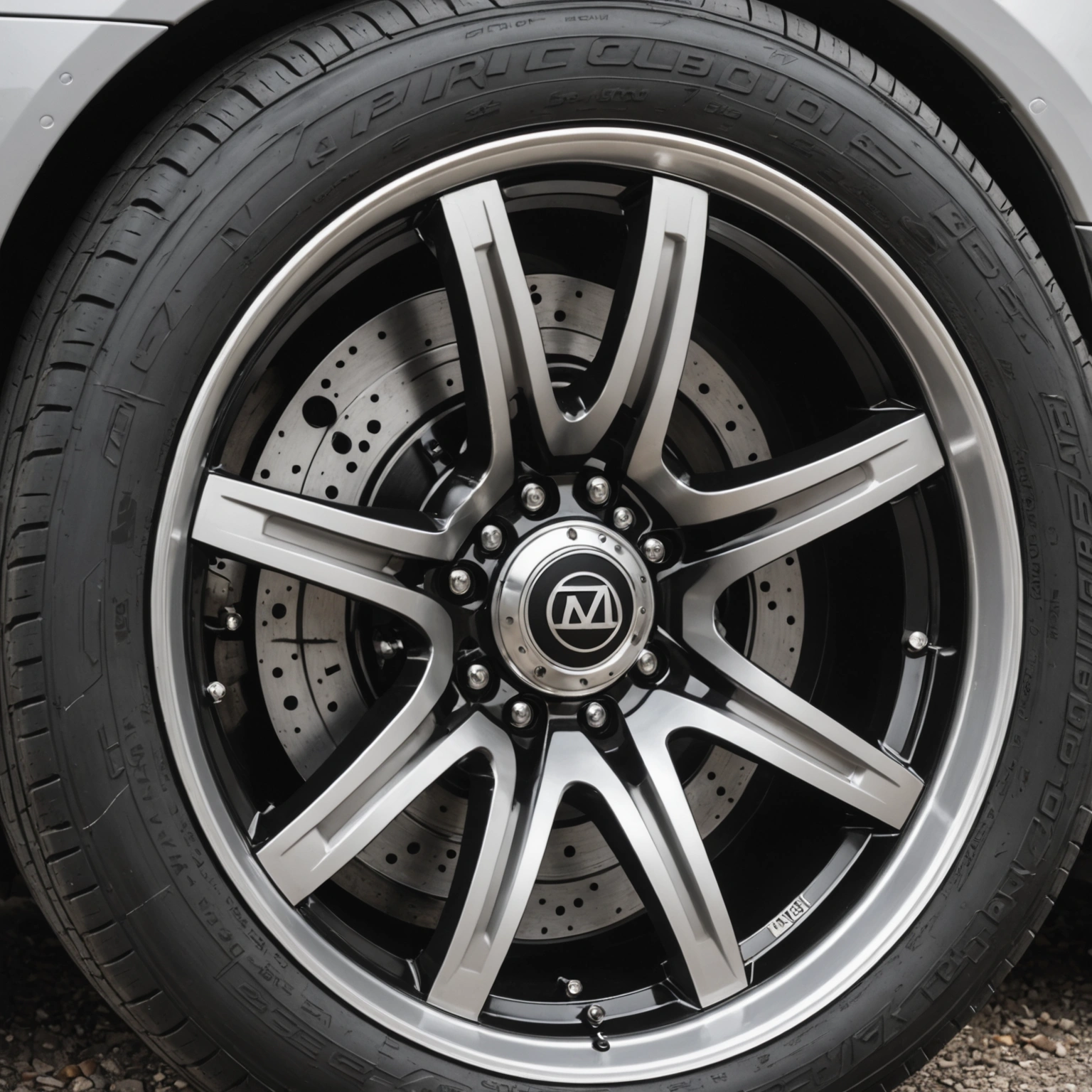### Understanding How Tire Numbers Work: A Guide to Reading Tire Sizes and Specifications
When shopping for new tires or simply trying to understand your vehicle’s specifications, you’ve likely come across a series of numbers and letters printed on the sidewall of the tire. These markings can seem confusing at first glance, but once you understand how they work, you’ll be able to decode what each part means and choose the right tires for your vehicle.

#### The Basic Tire Numbering System
Most tires follow a standard format that includes a series of numbers and letters, typically looking something like this:

**P215/65R16 98H**
Let’s break down what each component signifies:

—
### 1. Tire Type and Width: **”P215″**

– **P:** The first letter indicates the tire type:
– **P** = Passenger car tire (most common)
– **LT** = Light truck
– **T** = Temporary spare
– **No letter** = Usually indicates a European tire, which defaults to a passenger car tire
– **215:** The width of the tire in millimeters from sidewall to sidewall when mounted and properly inflated. In this case, 215 mm.
—
### 2. Aspect Ratio: **”65″**
– The number after the slash indicates the **aspect ratio**, which is the height of the sidewall as a percentage of the tire’s width.
– In our example, **65** means the sidewall height is 65% of 215 mm, roughly 139.75 mm.
—
### 3. Construction Type: **”R”**
– The letter following the aspect ratio shows the **construction type**:
– **R** = Radial construction (most common)
– **D** = Diagonal or bias ply
– **B** = Belted bias
Radial tires (R) are standard for modern vehicles due to their durability and performance.
—
### 4. Diameter: **”16″**
– The **diameter** of the wheel in inches that the tire fits onto.
– In this example, the tire fits a 16-inch wheel.
—
### 5. Load Index and Speed Rating: **”98H”**
– **98:** The **load index**, indicating the maximum load the tire can carry when properly inflated. A load index of 98 corresponds to approximately 1,653 pounds (750 kg).
– **H:** The **speed rating**, representing the maximum speed capability:
– **H** = up to 130 mph (210 km/h)
– Other ratings include S (up to 112 mph), T (up to 118 mph), V (up to 149 mph), etc.
—
### Additional Markings and Codes
Beyond the main size designation, tires also include other important information:
– **Manufacture Date:** Usually a four-digit code (e.g., “2319”) indicating the week and year the tire was produced (Week 23 of 2019).
– **Load and Pressure Ratings:** Indicate maximum load capacity at specified inflation pressures.
– **Treadwear, Traction, and Temperature Ratings:** Part of the Uniform Tire Quality Grading (UTQG) system, providing insights into tire durability, grip, and heat resistance.
– **Maximum Inflation Pressure:** The highest pressure the tire can safely handle.
—
### Why Understanding Tire Numbers Matters
Knowing how to read your tire numbers helps you:
– Ensure compatibility with your vehicle
– Choose tires with appropriate load capacities and speed ratings
– Understand tire performance characteristics
– Make informed decisions when replacing or upgrading tires
—
### Final Tips
– Always refer to your vehicle’s owner’s manual or the tire placard inside the driver’s door for recommended tire sizes and specifications.
– When in doubt, consult with a professional tire dealer to select the best tires for your driving needs.
—
**In summary**, tire numbers encode a wealth of information about size, construction, capacity, and performance. Decoding these numbers ensures safety, optimal performance, and longevity for your tires. Happy driving!

